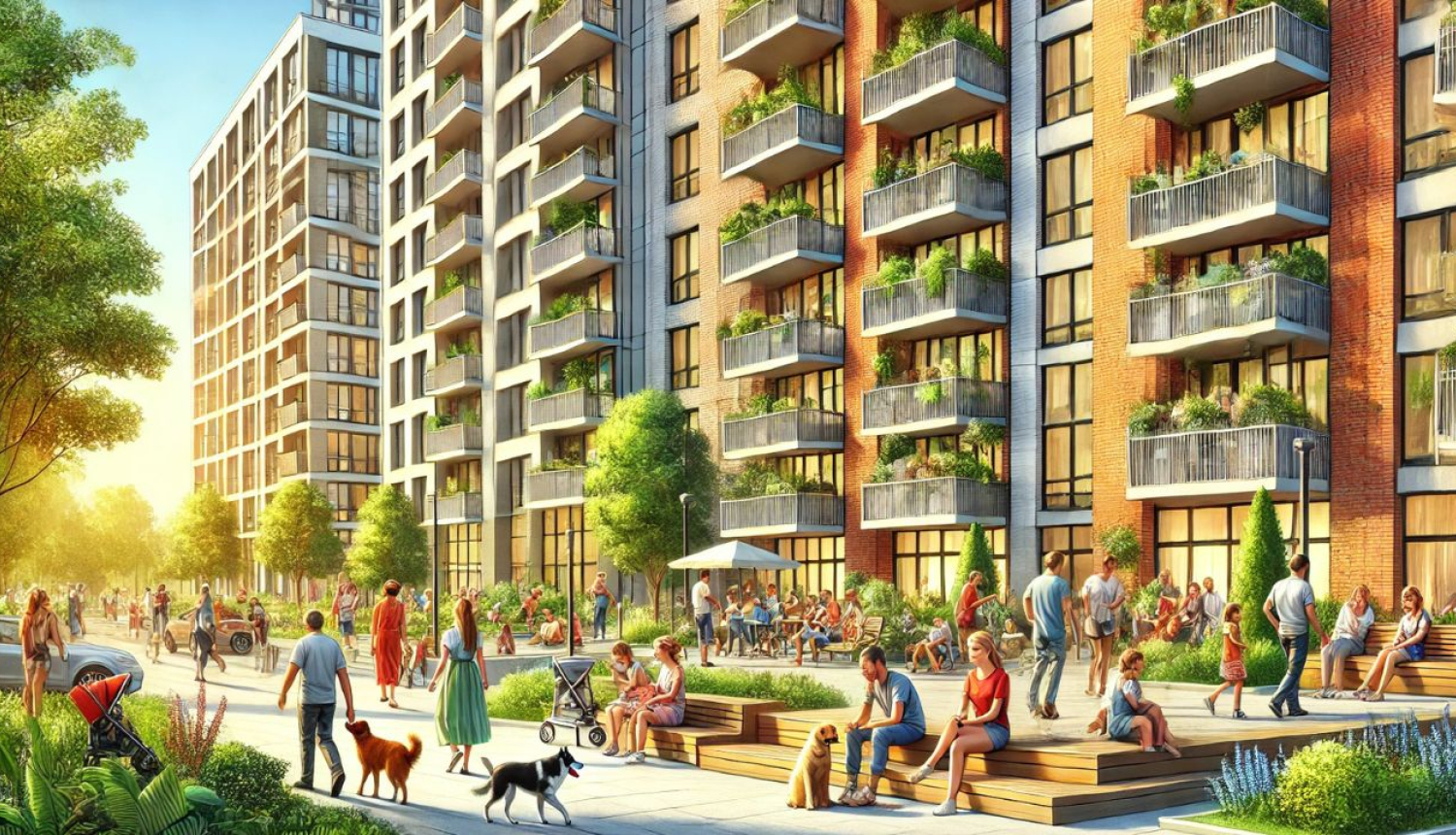News
Recent News
The apartment owners’ association will be able to receive loans for the renovation of residential buildings.
Published Thursday, 13 November 2025Due to technical issues at LVRTC, the operation of the BIS has been affected
Published Thursday, 13 November 2025The amendments to the law aim to clearly regulate the disposal of co-owned property objects.
Published Wednesday, 12 November 2025Construction Growth Driven by Infrastructure Projects
Published Tuesday, 11 November 2025#DVIskaidro: Are Apartment Owners’ Data Secure in BIS?
 Published
Wednesday, 05 February 2025
Published
Wednesday, 05 February 2025
We have previously explained how, by processing the necessary data, it is possible to protect the privacy of apartment owners while ensuring efficient building management and the implementation of common interests of the owners.[1] Keeping up with the times, legislators have determined that the records of multi-apartment buildings should be maintained electronically in the Construction Information System (BIS). The system also allows apartment owners to make decisions and convene general meetings online.
At the inspection, we receive inquiries from both owners and managers regarding such data processing. Specifically, whether the amount of data processed in the system is proportionate and permissible, and whether people can be confident that their data in this system is secure.
When evaluating any data processing, it is always necessary to consider whether it has a legal basis and whether fundamental data processing principles are being followed—for example, that data is processed only for a specific purpose and only to the extent necessary.
The processing of personal data related to the management of jointly owned property in BIS is provided for by the Apartment Ownership Law and the Residential Building Management Law. Therefore, such data processing is justified by the provisions established in regulatory enactments. Additionally, the operation of BIS, its content, the acquisition of information included in it, and its dissemination are regulated by Cabinet of Ministers regulations.[2]
If the law prescribes the processing of personal data, those to whom it applies must comply with the law. It should be noted that legislators can authorize data processing by setting it out in regulatory enactments only if they have determined that it is proportionate, taking into account the objectives and possible consequences.
Thus, the legislator has determined the volume of documents that must be included in the house records and, consequently, in BIS as well.[3] It is also stipulated that apartment owners’ identifying data—name, surname, personal identification number—as well as data on the apartment’s address, undivided shares, and cadastral number, which are necessary for making collective decisions of the apartment owners, are provided in BIS free of charge using state information systems.[4]
In certain cases, apartment owners themselves can enter their contact information into BIS or request that the manager do so on their behalf.[5] This is necessary to ensure effective communication on management issues.
To ensure personal data protection, data processing carried out in state information systems is subject to the same strict requirements as data processing by private individuals. This means that system administrators must implement appropriate technical and organizational measures to guarantee data security.
For example, the system’s operation must be designed so that processed data is accessible only to a limited group of people authorized to access the relevant information. That is, the house records and the personal data contained therein should be accessible only to the respective house co-owners or their authorized persons, while certain personal data of owners should be accessible only to the manager.
Furthermore, the maintenance of such systems must comply with cybersecurity requirements set out in regulatory acts to ensure the security of their operation and the information processed within them.
At the same time, every system user must remember that documents, including the personal data contained therein, which they have access to, should only be used for a specific purpose—to exercise their interests as co-owners!
We would appreciate it if you could complete this survey to help us evaluate the quality of the explanation - https://www.visidati.lv/aptauja/10413182/.
Image generated with ChatGPT.
[1] #DVIskaidro “Data Processing in Residential Building Management” (Available: https://www.dvi.gov.lv/lv/jaunums/dviskaidro11112022)
[2] Cabinet of Ministers Regulations No. 438 of July 28, 2015, "Regulations on the Construction Information System"
[3] Section 8 of the Residential Building Management Law
[4] Section 20.1 of the Apartment Ownership Law
[5] Section 10 of the Apartment Ownership Law